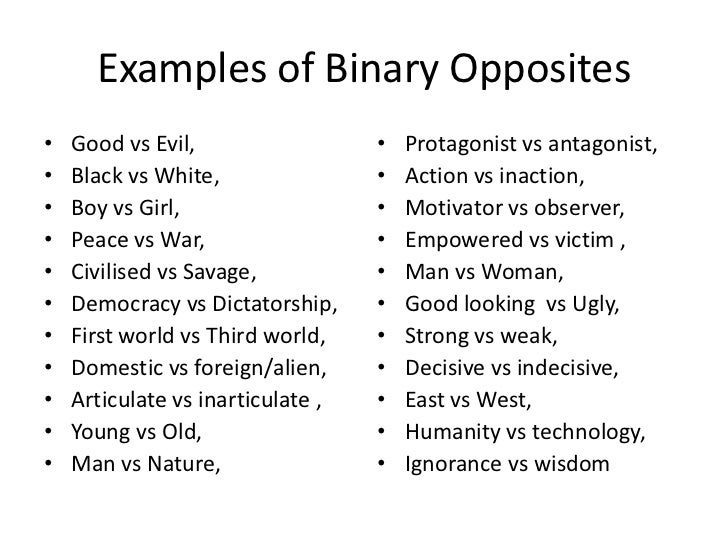Embed the clip in your blog and write an analysis of the narrative markers that help establish setting, character and plot. This is the opening of the drama series 'Power'. The use of big buildings and bright lights in the opening sequence sets the scene, showing the audience that this TV show will be set in New York City. Two different lifestyles are portrayed in the opening sequence - illegal and legal. The illegal lifestyle is shown through the use of drugs, large sums of money, diamonds and guns. The legal lifestyle is shown through the use of smart attire (suits), wedding rings and city life.
Different examples of characters from film/TV that fit Propp's hero role:



Binary Opposition is something that opposes one another within a text. E.g. Good vs evil, Black vs White or even political groups that have contrasting values and ideologies. An example of binary opposition in film/TV is Harry Potter - The magical community vs the non-magical community.

Binary oppositions can be very useful to help identify the ideology of the text. The winner often represents the dominant ideas and values of our culture. An example of this is when the policeman captures the criminal in a crime drama- the ideology of the value of law and order is emphasised.
Enigma and action codes (Barthes) offer gratifications for audiences because viewers are curious as to what actions will be undertaken and how problems will be solved. Particular emotions are generated by the narrative for the audience, however this depends on the genre. Examples are:
- Fear- horror movie
- Excitement- action movie
- Empathy/ Sympathy- soap/drama narrative
- Suspense/ tension- thriller
Different types of TV narrative:
- Episodic narrative (the series): Each series has its own narrative arc, so within the episode the problem is always solved. Each episode has it's own problem that gets solved.
- Overarching narrative (the serial): The series uses the conventional narrative arc over a number of episodes. The resolution normally takes place at the end of the season within the series. Often, the beginning of each episode begins with a summary of what happened in the previous episode.
- Mixed narrative: Some TV shows use both types of narratives. This is where smaller conflicts are resolved in each episode with a main narrative featured in most episodes.
- Multi-strand overlapping narrative (soap narrative): These have continuous narratives and tell different stories at the same time - also known as an open narrative.
In adverts the narrative idea of problem and resolution is often used as it is seen to be crucial to promote products. Adverts tend to set up problems and then immediately after offer a solution to create a swift revolution.
This clip from the TV show 'Educating Yorkshire' which is a documentary narrative. We can apply Todorov's theory of equilibrium to this video because the resolution is made from an unfortunate situation/event. The disequilibrium in this clip is the boy trying to fight his summer but does not fully succeed. The new equilibrium is him delivering the speech in the assembly.
This clip includes a voiceover as well as main speaker who is Theresa May. In this clip Propp's character theory could be applied to this, expressing the prankster as being the villain and Theresa May supposedly being presented as the 'hero'. Borris Johnson may also be seen as a villain in this narrative as he is spoken about negatively.
No comments:
Post a Comment